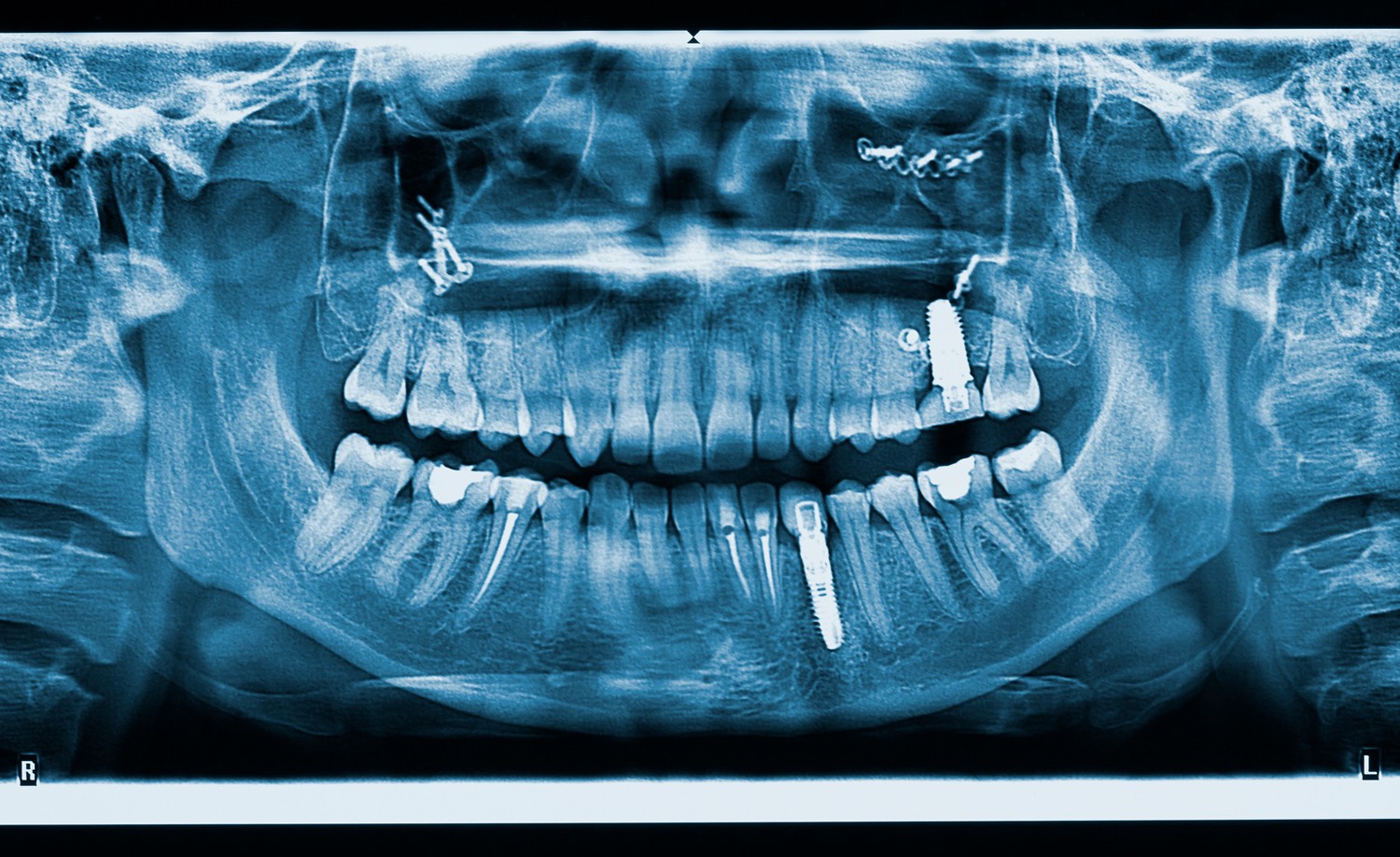The Rise of Wearable Tech: Sensors, Implants, and Neuralink

For most of us, wearable tech is hardly news. For the last several years, we’ve been living with smartwatches, tiny, super-powerful computers in our pockets, and earbuds we can talk to when we want to skip to the next song or decide whether to wear a coat. The world of wearable technology doesn’t stop with smartwatches and earbuds, though. Today, there are dozens of incredible wearable tech devices, including sensors, implants, and more. The primary mission of these devices is to promote health and wellness. Taken as a whole, they’re advancing the healthcare field at a rapid pace.
While we’re still a long way from becoming Cyborgs, there’s no doubt that wearable technology is infiltrating our daily lives and becoming more advanced by the day.
Wearable Sensors vs. Implants
The average consumer has had access to wearable sensors for many years - these devices are designed to be worn on the body and include your trusty smartwatch or heart rate monitor. Many brands have designed products that help us live healthier lives. Take Project Hazel, for example, “the most advanced mask ever.” The slim, simple prototype contains virus-killing UV light and active filtration capabilities. It also contains a voice amplifier to ensure speakers don’t sound muffled while wearing it.
The Neviano swimsuit is another excellent example of wearable tech that’s reaching out to touch everyday life. Designed to help people avoid skin cancer and the harmful effects of excess UV rays. The suit tracks the strength of the UV light a wearer is exposed to and sends a notification to the wearer’s smartphone app if levels get too high. This helps people take charge of their skin health and avoid potentially damaging rays.
Wearable implants, however, are a little more novel. There are hundreds of kinds of technological implants, and some - such as the pacemaker- date back decades or more. Some of the most stunning, however, are more recent. In 2014, scientists introduced a new wireless charging tactic they called “mid-field wireless transfer.”
The mid-field wireless transfer technique could deliver power to tiny electronic devices, including nerve stimulators, pacemakers, and other medical implants placed deep within the human body.
Unlike the near-field systems that existed mid-field, wireless transfer could charge implanted devices via a port the size of a credit card, placed outside the body. This technology went far beyond the capability of other systems available. In doing so, it set the stage for wearable sensor and implant technology to advance by leaps and bounds.
Did Neuralink Start it all?
It’s impossible to talk about wearable technology and implants without first talking about Neuralink. Neuralink, headed by SpaceX founder Elon Musk, seeks to “develop ultra-high bandwidth brain-machine interfaces to connect humans and computers.”
Here’s what that means, in plain English: When you were a kid in science class, you learned about the five senses: touch, taste, smell, sight, and sound. Essentially, Neuralink seeks to expand the human sensory palette to include a sixth sense. Originally developed hoping to help paraplegics conduct simple tasks like using a phone or making mouse clicks on a computer - with no physical movement, Neuralink has a bold long-term mission: to make AI-enabled devices capable of interacting with people's brains.
To do this, the Neuralink would be implanted onto the surface of the human brain. The tiny chip itself is about the size of a grain of rice and acts as a home base for 1,024 tiny electrodes that lay across various parts of the brain. The internal chip is controlled by an external wearable, placed just behind the ear. While Neuralink is not a reality yet, it stands to become widespread in the next few years, pending FDA approval.
While Neuralink continues its mission as the most ambitious implant out there, other implants and sensor interface solutions are pushing the industry forward, as well. Scientists are researching a new sensor that integrates with dental implants to monitor bone growth, reducing the need for multiple jaw x-rays. Meanwhile, brain implants could restore movement and sensation in paralyzed people by routing neural signals to the spinal cord.
The Future of Wearable Technology Looks Bright
Led by innovations like Neuralink, the rise of sensor and implant wearable technology will only continue to grow over the next few years. As consumers, we can look forward to the increasing availability of stunningly advanced and innovative wearable tech that helps us enjoy better health and wellbeing.
Thanks for helping to keep our community civil!
This post is an advertisement, or vandalism. It is not useful or relevant to the current topic.
You flagged this as spam. Undo flag.Flag Post

